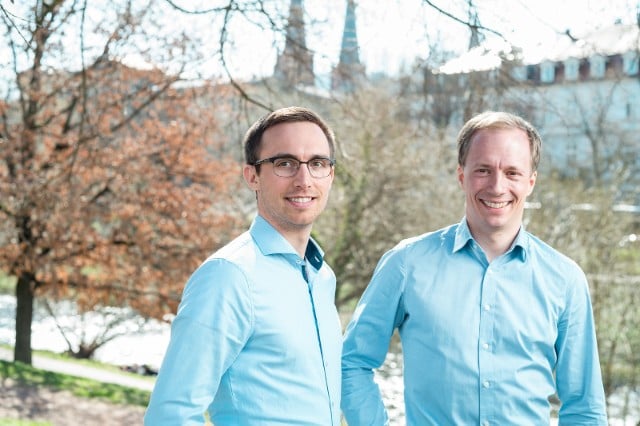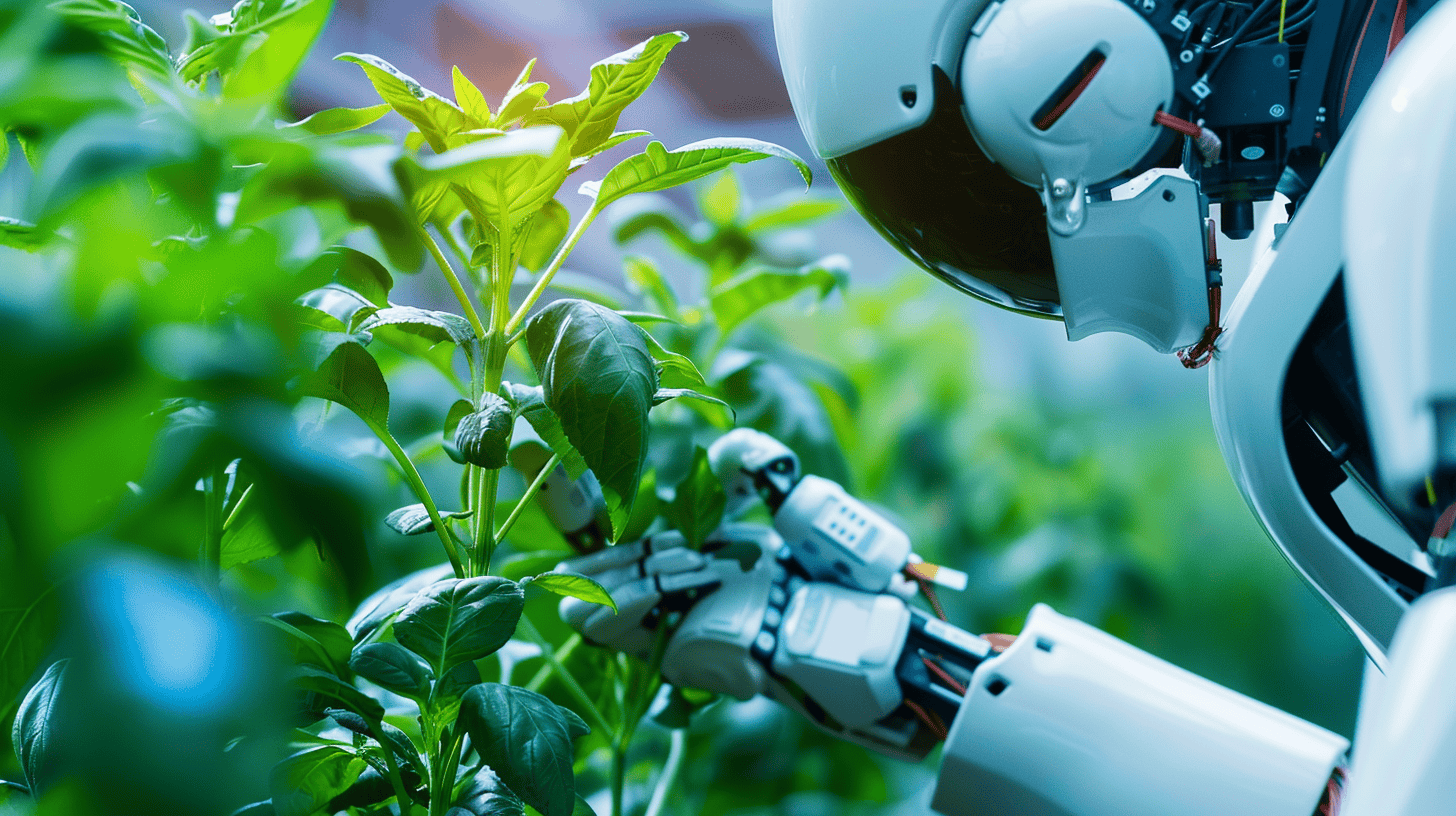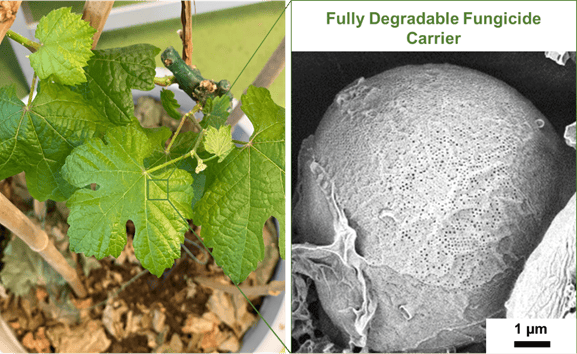
Due to climate change, a global water shortage is fast approaching. This is already having a disastrous impact on agriculture. Two young German scientists have an answer to this problem. They developed a technology that optimizes the use of irrigation water.
With a satellite system that measures drought stress in plants, the two scientists have developed a technology that optimizes the use of irrigation water. Max Gulde, a physicist at the Fraunhofer Institute for High-Speed Dynamics, Ernst Mach Institute, EMI, in Freiburg, Germany, and his colleague at EMI, Marius Bierdel, have founded a spin-off called ConstellR. While the amount of water on Earth is finite, they have found a way to optimize irrigation using the latest technologies in a way that has never been done before.
Algorithms for agriculture
ConstellR’s technology will enable agriculture to optimize the irrigation of cultivated areas and thus increase crop yields. A system aboard a satellite will detect precisely when a plant is in need of irrigation.
Until now, the problem has been that it is difficult to measure the condition of plants on arable land. Although satellite data have been used since the 1970s to provide an overview, they are relatively inaccurate. So far, the main sensors used are visual and near-infrared sensors that detect the plant pigment chlorophyll. When plants get insufficient water, chlorophyll degrades. “But then it’s already too late,” says ConstellR cofounder Max Gulde. “What we need is a technology that tells us within a few hours whether plants are sufficiently supplied with water.”

Algorithms determine temperature on leaf surface
This is precisely the technology that Gulde and Bierdel have developed at the Fraunhofer Institute. The research team uses an advanced thermal imaging camera in the satellite. Special algorithms evaluate the data and use it to determine the temperature on the leaf surface of the plants. This in turn allows conclusions to be drawn about their water supply.
When there is a shortage of water, the evaporation of water through the leaves is reduced. This increases the temperature on the leaf surface. “Within two hours, the temperature can change by two to three degrees Celsius,” says Gulde. “Our method measures to within a tenth of a degree and resolves the temperature differences very finely.” Technically, the sensor measures the amount of energy emitted by the plants in the form of photons.
Current systems monitor the land every 12 hours. ConstellR technology analyzes the land surface at a much more granular level at the same time interval. It can provide data that is ready to analyze on land surface temperature. The system includes data that was previously available from other sources, such as the U.S. Geological Survey, but it has not been used in this way before.
And the cost of this technology is just three percent of current, less accurate solutions.

News of how well the system works came from the European Space Agency (ESA). “We approached it quite innocently until ESA told us that this was a real breakthrough. No one had been able to solve the problem of temperature measurement in such a compact way before us,” says Gulde. The data is downloaded from the satellites to ground stations, processed in data centers, prepared for the user and finally transferred to the agricultural user’s app.
The two scientists have been involved in research work on the ERNST nanosatellite mission since 2015. It uses a compact thermal imaging camera. They hatched the idea of equipping their own satellites with high-spatial-resolution thermal imaging cameras for temperature measurement back in 2017. As part of the European Copernicus Masters ideas competition, young researchers were asked to design the “smallest satellite with the greatest societal benefit.”
Today, visual and RADAR imagery is the dominant information source in Earth observation (EO). These technologies have experienced massive market growth in the past years. It is now possible to get a high-resolution image of our whole planet within 24 hours in both spectral regimes.
The new technology is expected to go into operation in space aboard the International Space Station as early as the beginning of 2022.
A Falling Walls finalist
ConstellR was selected for the Falling Walls Science Summit in 2020. This forms part of the Berlin Science Week with over 100 events. The next summit will be held from 1-10 Nov 2021. Researchers and thinkers gather at Falling Walls to discuss breakthroughs with global leaders in science, politics, business, and the media, to answer the core question: “Which are the next walls to fall in science and society?“
Also interesting:
Luxury fashion groups commit to making cotton farming resource-efficient
Vertical farming could bring vegetable production to urban centers
Underground irrigation system reduces water consumption by a quarter





